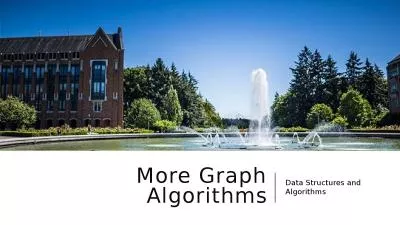PPT-Graph Data Structures
Author : olivia-moreira | Published Date : 2020-01-26
Graph Data Structures Unless in communicating with it a computer one says exactly what one means trouble is bound to result Alan Turing Early Graph Theory Problem
Presentation Embed Code
Download Presentation
Download Presentation The PPT/PDF document "Graph Data Structures" is the property of its rightful owner. Permission is granted to download and print the materials on this website for personal, non-commercial use only, and to display it on your personal computer provided you do not modify the materials and that you retain all copyright notices contained in the materials. By downloading content from our website, you accept the terms of this agreement.
Graph Data Structures: Transcript
Download Rules Of Document
"Graph Data Structures"The content belongs to its owner. You may download and print it for personal use, without modification, and keep all copyright notices. By downloading, you agree to these terms.
Related Documents

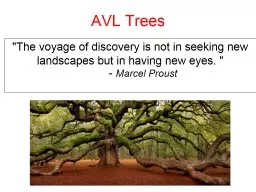
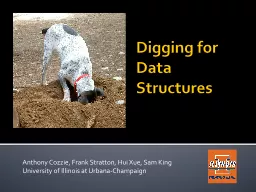
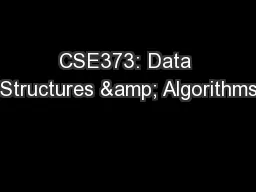
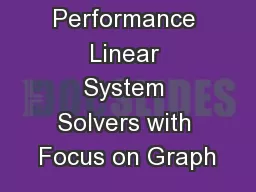
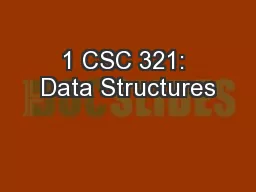

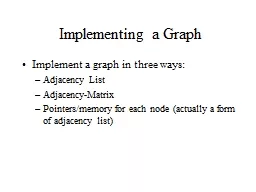
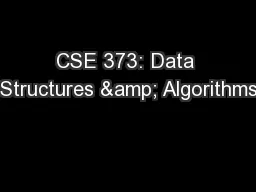
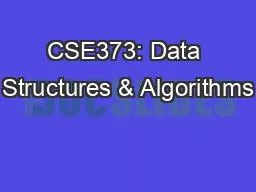
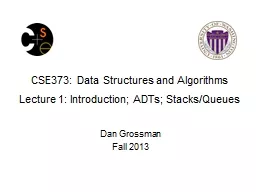
![[READ]-Easy Learning Data Structures & Algorithms ES6+Javascript Classic data structures](https://thumbs.docslides.com/970589/read-easy-learning-data-structures-algorithms-es6-javascript-classic-data-structures-and-algorithms-in-es6-javascript-easy-learning-javascript-and-design-and-data-structures-and-algorithms-book-3.jpg)
![[PDF]-Easy Learning Data Structures Algorithms Java (2 Edition): Explain Data Structures](https://thumbs.docslides.com/973314/pdf-easy-learning-data-structures-algorithms-java-2-edition-explain-data-structures-algorithms-through-full-color-diagrams-java-foundation-design-patterns-data-structures-algorithms.jpg)
![[eBOOK]-Easy Learning Data Structures Algorithms ES6+Javascript: Classic data structures](https://thumbs.docslides.com/975195/ebook-easy-learning-data-structures-algorithms-es6-javascript-classic-data-structures-and-algorithms-in-es6-javascript-easy-learning-javascript-and-design-and-data-structures-and-algorithms-book-3.jpg)
